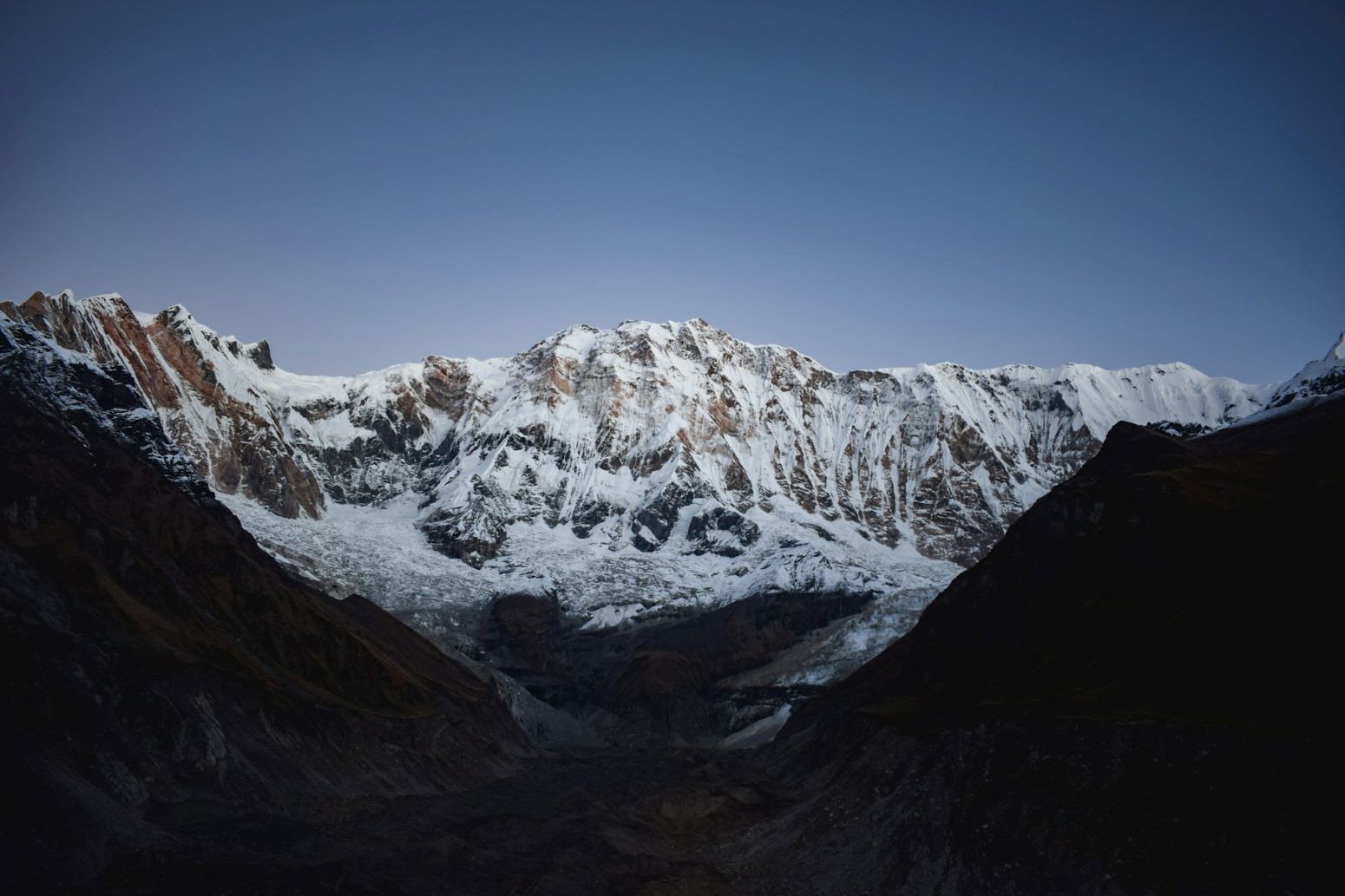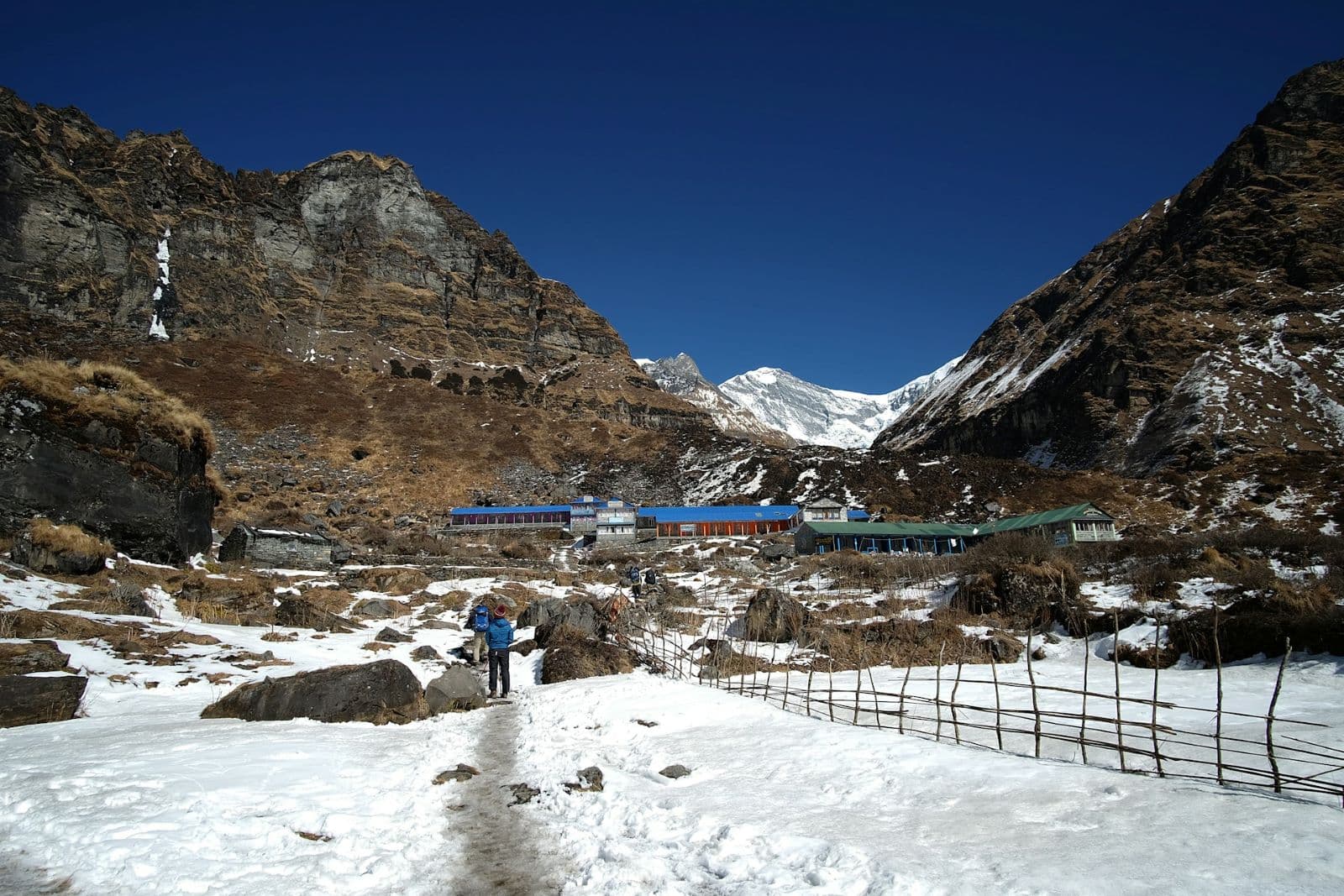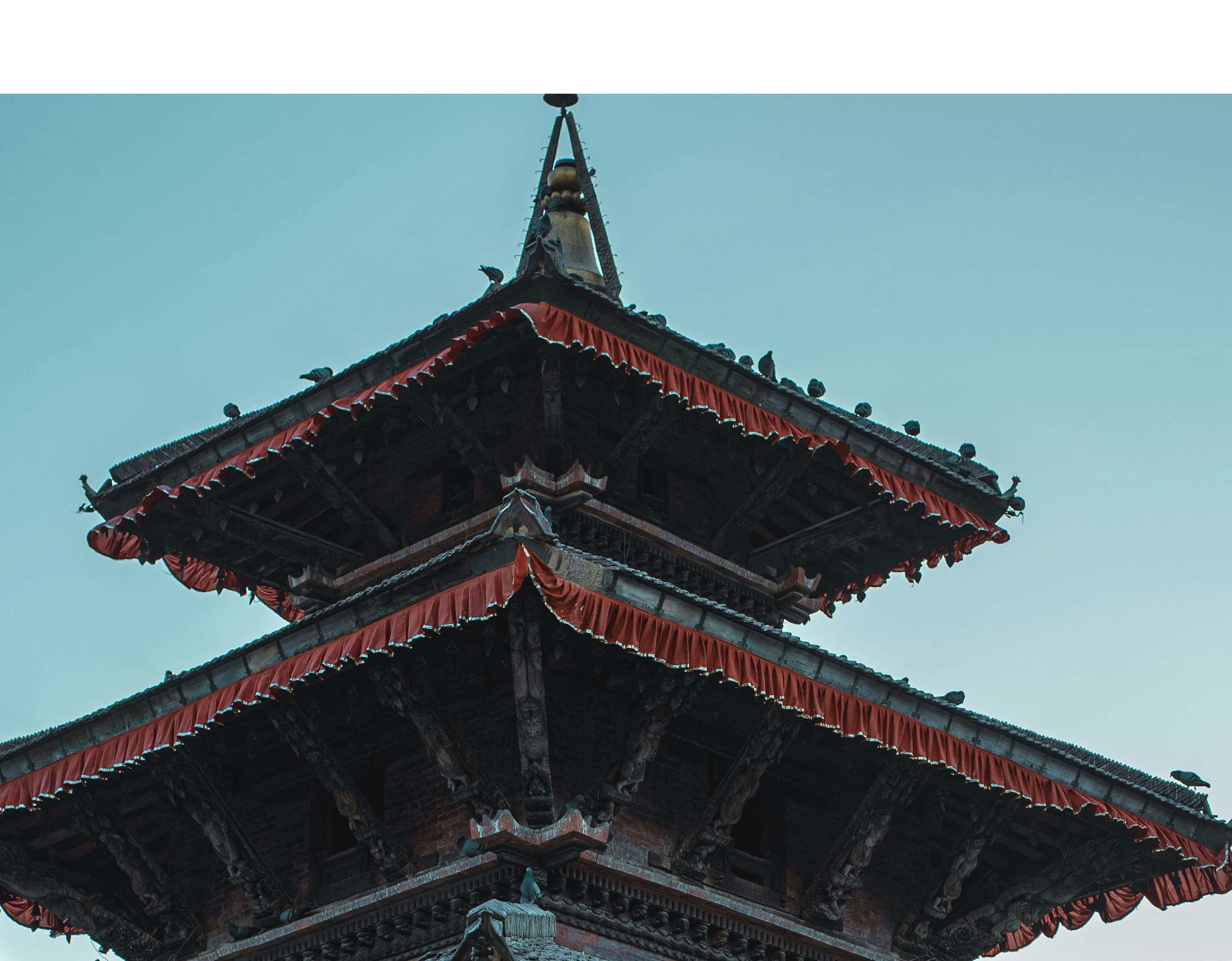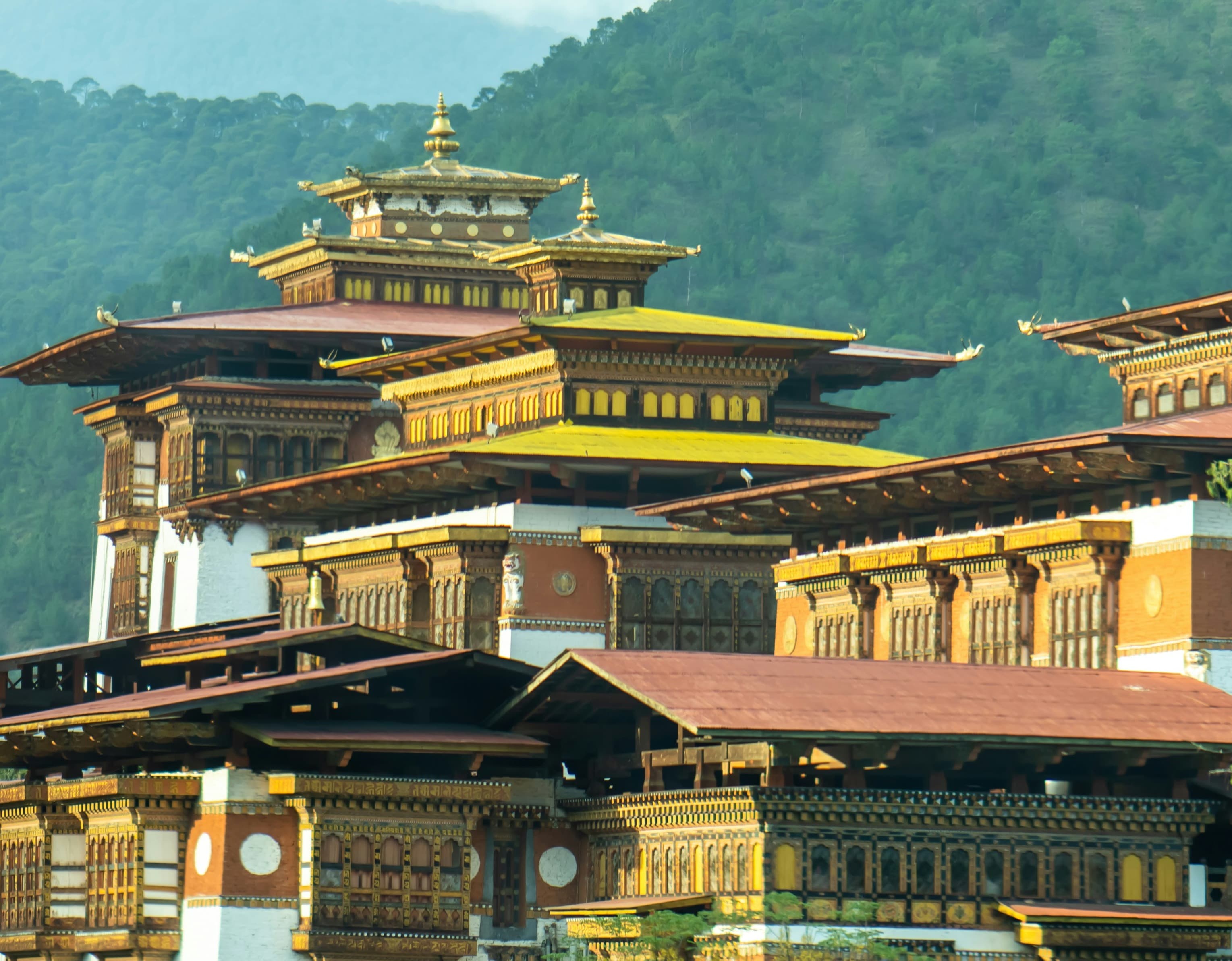"Annapurna Diaries: Stories from the High Trails" is an evocative account of journeys through the Annapurna region, a diverse and captivating area nestled in the heart of the Nepalese Himalayas. This region, famed for its breathtaking landscapes, vibrant cultures, and challenging trails, offers a plethora of trekking experiences that cater to both seasoned adventurers and those new to the allure of the mountains.

Among the myriad of treks, the Annapurna Circuit stands out for its classic route that circumnavigates the majestic Annapurna massif. This trek is a journey through varying altitudes, climates, and cultures, starting from lush lowlands and ascending to the stark, high-altitude Thorong La Pass at 5,416 meters. The Annapurna Base Camp (ABC) Trek, on the other hand, offers a more direct approach to the heart of the Annapurnas, leading trekkers to the base of the world’s tenth highest peak. The route is renowned for its stunning views of Annapurna I, Machapuchare, and Hiunchuli. For those seeking a less trodden path, the Mardi Himal Trek presents a quieter, yet equally mesmerizing, trail with close-up views of Annapurna South and Machapuchare. Lastly, the Ghorepani Poon Hill Trek is perfect for beginners or those pressed for time, offering panoramic sunrise views over the Annapurnas and Dhaulagiri from the famed Poon Hill viewpoint.
Culturally, the Annapurna region is a melting pot of ethnic diversity, including Gurung, Magar, and Thakali communities. Trekkers can immerse themselves in local traditions, enjoy the warm hospitality of teahouse stays, and participate in cultural rituals that have persisted for centuries.
Trekking in the Annapurna region, especially to the Annapurna Base Camp, is more than an outdoor adventure; it’s a journey of cultural immersion and personal discovery. The natural beauty, cultural richness, and the sense of accomplishment in reaching ABC make it a must-do trek for anyone looking to experience the Himalayas' magic firsthand. Each step in this region is a story, and "Annapurna Diaries" captures the essence of these narratives, inspiring adventurers to create their own tales from the high trails.
Trekking Routes of Annapurna Region:
The Annapurna region of Nepal is a mosaic of exquisite natural beauty and rich cultural diversity, offering a range of treks that cater to all levels of trekkers. From the challenging high-altitude passes to serene walks through rhododendron forests, each trek presents unique highlights and experiences.
Annapurna Circuit Trek: A classic adventure that spans 12-21 days, taking trekkers across the formidable Thorong La Pass and through diverse ecosystems. Starting from Besi Sahar and ending in Pokhara or Nayapul, this trek is an epic journey through tropical landscapes to the arid high-altitude deserts of Manang and Muktinath.
Annapurna Base Camp (ABC) Trek: A more moderate challenge, lasting 7-12 days, leads adventurers to the spectacular Annapurna Base Camp at 4,130 meters. The journey from Nayapul to Nayapul or Phedi is filled with mesmerizing views of towering peaks and relaxing moments in the hot springs of Jhinu Danda.
Ghorepani Poon Hill Trek: Perfect for those seeking a shorter trek, this 4-7 day route offers easy to moderate trails leading to the famous Poon Hill viewpoint for breathtaking sunrise views over the Himalayas, enveloped by vibrant rhododendron forests.
Mardi Himal Trek: Spanning 5-8 days, this trek is a moderate journey to the less trodden paths offering close-up views of Annapurna South, Hiunchuli, and the iconic Machhapuchhre, beginning in Kande and ending in Siding or Lumre.
Jomsom Muktinath Trek: This 7-10 day trek can be a standalone journey or part of the Annapurna Circuit, featuring the sacred Muktinath temple and the deep Kali Gandaki Gorge, set against a backdrop of Tibetan-influenced villages, starting and ending in Jomsom or Muktinath.
Khopra Ridge Trek: Lasting 7-10 days, this moderate trek offers an off-the-beaten-path experience with stunning views of the Annapurna South and Dhaulagiri peaks, and a visit to the serene Khayer Lake, starting and ending in Nayapul.
Tilicho Lake Trek: A challenging extension of the Annapurna Circuit, this 10-14 day trek takes adventurers to one of the highest lakes in the world, Tilicho Lake, at 4,919 meters, crossing the Mesokanto La Pass, with varying starting points as part of a larger itinerary.
Nar Phu Valley Trek: This challenging 9-14 day trek explores the remote Nar Phu Valley, revealing ancient monasteries, unique Tibetan culture, and the high Kang La Pass, starting in Koto and ending in Ngawal or Jomsom.
FAQs about Annapurna Regions Trekking:
What is the Best Time to Trek in the Annapurna Region?
The best seasons for Annapurna treks are spring (March to May) and autumn (September to November) due to stable weather and clear views.
How Difficult is the Annapurna Circuit Trek?
Rated from moderate to challenging, the Annapurna Circuit requires good physical condition, especially for crossing the Thorong La Pass.
Do I Need a Guide for Annapurna Base Camp Trek?
While not mandatory, hiring a guide enhances safety, provides cultural insights, and supports the local economy.
What are the Permit Requirements for Trekking in Annapurna?
Trekkers need an Annapurna Conservation Area Permit (ACAP) and a Trekkers' Information Management System (TIMS) card.
Can I Experience Local Culture During My Trek?
Yes, the Annapurna treks offer rich cultural experiences, including stays in traditional villages and interactions with local ethnic groups.
What Should I Pack for the Annapurna Trek?
Essential items include hiking boots, layers for variable temperatures, a sleeping bag, a first-aid kit, sun protection, and a water purification method.
Are There Teahouses on the Annapurna Treks?
Yes, the trails have teahouses offering lodging and meals, providing a comfortable trekking experience.
How High is the Annapurna Base Camp?
Annapurna Base Camp is situated at an altitude of 4,130 meters (13,549 feet).
What is the Duration of the Mardi Himal Trek?
The Mardi Himal Trek typically takes 5-8 days, offering a less crowded alternative with stunning mountain views.
Is Acclimatization Necessary for Trekking in Annapurna?
Yes, to prevent altitude sickness, particularly when crossing high passes like Thorong La, proper acclimatization days are recommended.
Incredible Facts of Annapurna Regions Trekking History:
The Annapurna region, celebrated for its awe-inspiring treks and rich cultural tapestry, boasts a history peppered with remarkable facts that continue to draw adventurers from across the globe. Here are some incredible points using keywords that highlight the historical and cultural significance of Annapurna region trekking:
First Successful Ascent: The Annapurna I peak, standing at 8,091 meters (26,545 feet), was the first of the world's 8,000-meter peaks to be climbed successfully. This historic ascent by Maurice Herzog and Louis Lachenal of France in 1950 placed Annapurna trekking on the global map.
Ancient Trade Routes: The trails in the Annapurna region were once part of ancient salt trade routes between Tibet and Nepal, facilitating not just commerce but cultural exchanges between the regions for centuries.
Diverse Ecosystem: The Annapurna Conservation Area Project (ACAP), established in 1986, is the first and largest conservation area in Nepal, showcasing the region's commitment to preserving its diverse ecosystems and cultural heritage.
Cultural Mosaic: Home to several ethnic groups including Gurungs, Manangis, and Thakalis, the Annapurna region offers trekkers an immersive experience into unique cultures, languages, and traditions that have evolved over millennia.
Pioneering Teahouse Trekking: The Annapurna Circuit pioneered the concept of teahouse trekking in the Himalayas, transforming the way trekkers experience these high-altitude journeys by providing local lodging and culinary experiences.
Thorong La Pass: At 5,416 meters (17,769 feet), crossing Thorong La Pass is a highlight for many trekkers on the Annapurna Circuit, offering breathtaking views and a sense of achievement.
World's Deepest Gorge: The Kali Gandaki Gorge, traversed by trekkers on certain routes in the Annapurna region, is considered the world's deepest gorge, showcasing the dramatic landscapes that characterize the area.
Sacred Sites: The region is dotted with sacred sites, including the Muktinath Temple, a revered place for both Hindus and Buddhists, highlighting the spiritual significance embedded in the Himalayan landscapes.
Annapurna Base Camp: The Base Camp provides a unique close-up view of the Annapurna Massif, making it a bucket-list destination for trekkers around the world.
Sustainable Tourism Efforts: Efforts by the ACAP and local communities to promote sustainable tourism practices have made Annapurna trekking a model for conservation and responsible travel in high-altitude environments.



